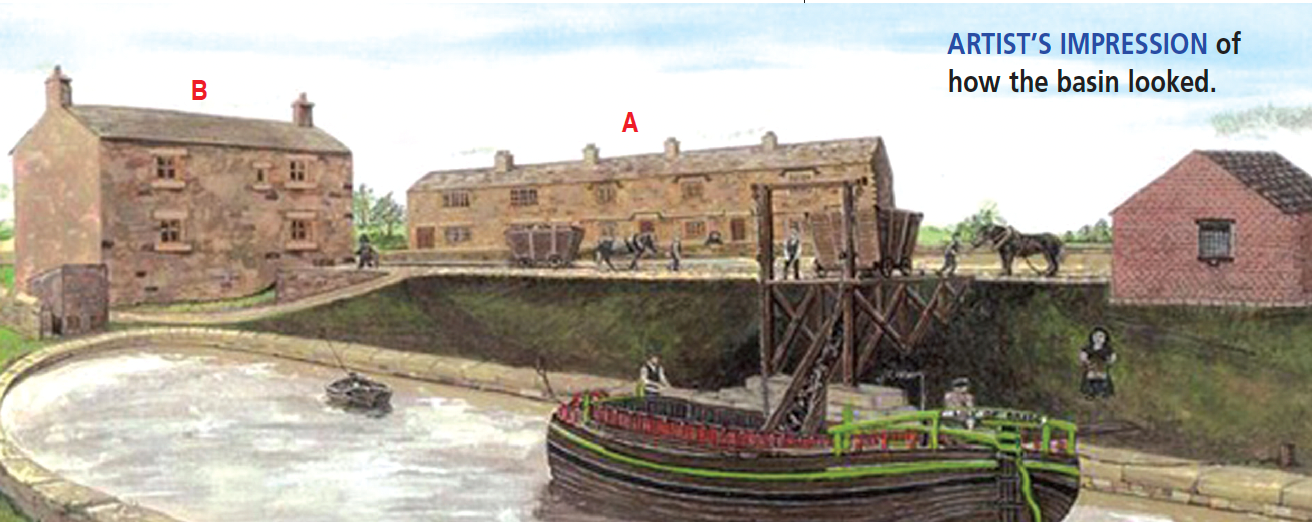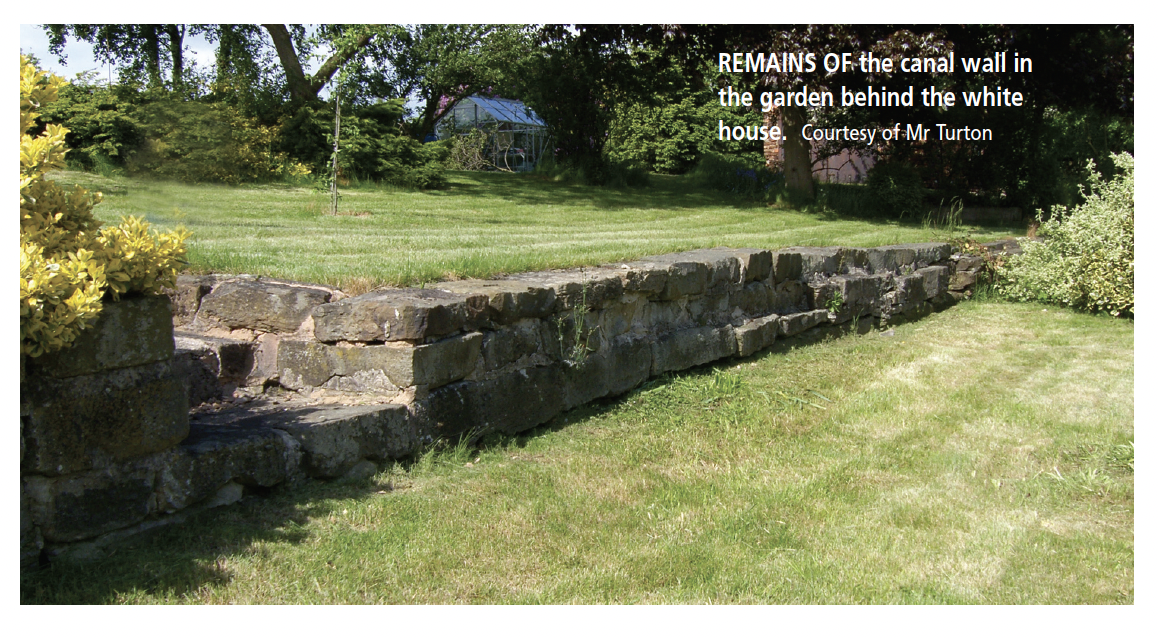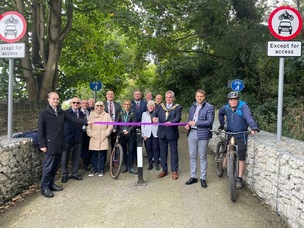There are still signs of life on the former canals around Barnsley. In this article from issue 26 of our sister magazine, Memories of Barnsley, Mark Green followed the trail of the story.
From Barnsley Basin to Smithies Lane
It all began in July 1792 when the Aire & Calder Navigation Company instructed its manager, William Martin, to obtain a plan and estimate for the building of a canal from Barnsley to Wakefield.
The first sod was cut on Heath Common, near Wakefield by William Martin, who was the company treasurer and work began on building 16 miles of canal with a five foot depth. The contractor was John Pinkerton, well known for his work on a number of canals. The completion of the works resulted in the opening of the Barnsley Canal on 8 June 1799, from the Aire and Calder at Heath to where we will start our journey in this issue at Barnby Basin, near Cawthorne.
Barnby Basin was the terminus of the canal and was the point where the Silkstone Waggonway and the Barnsley Canal came together. The section from Barnsley to Barnby Basin was not started until late 1798 and was finished by early 1802. The Waggonway was the route of a horse-drawn railway transporting coal from collieries in the Silkstone valley 21/2 miles from Silkstone Cross to Barnby Basin.
This inevitably changed the landscape of the land from a rural to an industrial area. The Ordnance Survey map of 1851 shows the canal, the canal basin, the waggonway from Silkstone and a series of circles shown on either side of the canal representing lime kilns.

Cargoes of limestone were brought to Barnby Basin and burnt in the lime kilns. Much of the lime was used on the local farm land. There are also a number of buildings depicted, of which only three now remain. The map shows a row of five cottages that probably housed the workers who relied on the canal for their income.
When the 1841 census was published it revealed that these cottages housed people such as a sawyer, boat builder and a carpenter. Another building still standing is the white house which marked the end of the canal. The waggonway passed between this house and the row of cottages. Its position is relative to the tramway and the internal layout of the rooms indicates the possibility of a tallyman’s office and house. A single storey small cottage close to the western side of the canal also survives. It may have housed the boat builders and their equipment.

During the 1930s/1940’s two buildings are known to have been demolished. One was a building adjacent to the canal basin, which was the three storey terminal warehouse, originally placed sideways on to the end of the large basin. Next to the warehouse was a tiny one or two room single storey building. This was a public house called The Jolly Sailor. Mary Bashforth was for some time the innkeeper at The Jolly Sailor. Her husband, John Bashforth, joined the Cordwainers Society, a friendly society founded in Barnsley in March 1748, which remains the oldest surviving friendly society in England. John died on the 20 August 1845 of ‘Natural Decay’ at the age of 80. He was buried at St Mary’s Barnsley. There was also a notice in the Leeds Mercury Marriages, Births and Deaths column: ‘Aug 20, aged 80, Mr J Bashforth, of Baisin [sic], near Barnsley.’ John’s widow Mary, continued to run The Jolly Sailor and was eventually re-married to Samuel Sanderson, widower and farmer, on 28 April 1859, at St George’s Church, Barnsley.
Other residents of the Basin included a Collector of Tolls and a Water Man, both concerned with running the canal. Coal miners and farm labourers also appeared. Reports suggest that many of these workers were born as far away as Ripon or Leeds. They also had many children at least by modern standards. In 1861 the census counted the inhabitants of seven boats tied up at the Basin. These people came from Knottingley, Louth, York, Barton-on Humber, Saxton, Newport, Hull and Ferrybridge. A few of these boats had whole families and a mate aboard. The Ann Elizabeth accommodated James and Jane Aldridge, their children aged seven, five, three and one year old, and mate Robert Star, aged 13. Life aboard in those days was not easy.
The activities at Barnby Basin were completed by a brickyard to the north, and its swamp where the clay was dug out. A brickyard labourer appears first in the 1871 census. When the boats had been filled up with their cargo they headed north east out of the basin on to the canal itself, with a view of the brickyard to the left. At this point the canal would have run parallel to what is today the M1 motorway.
The waterway bent gently to the east towards the now industrialised Lower Barugh and towards a flight of five locks and Barugh Mill. At this point the canal ran parallel to the railway line. The five locks and the canal beyond were abandoned in 1893, because the cost of maintenance exceeded the income generated by that part of the canal and as most of the trade had been lost to the railways. Alongside the canal at different intervals were loading wharfs, including one to which a tramway ran down the hillside from Gawber Colliery.
The canal meandered along until it reached a local landmark known as the ‘32 steps’ bridge. The footway crossed the canal some 13 and a half miles from the Calder and a mile from Low Barugh. Mary Lipscombe remembers her memories of the ‘32 steps’: When we were young, we would often go for a walk, through the Monkey Tunnel at the bottom of Greenfoot Lane, straight down the hill to where this bridge was. It was a well known bridge, sadly it was dismantled a long time ago.
I remember walking alongside the canal on a Sunday morning whilst my mother put the Sunday dinner on and keeping a tight hold of John and Elizabeth who wanted to explore the abandoned barges still moored in the canal’. After the ‘32 steps’ the canal still retains some water in sections and navigates towards Smithies Lane. A small bridge known as the Green Foot bridge crosses the canal before you reach Smithies Lane, where the canal passed under the road on its way towards town.
This issue and all other issues of Memories of Barnsley can be purchased directly from the publisher here.



























